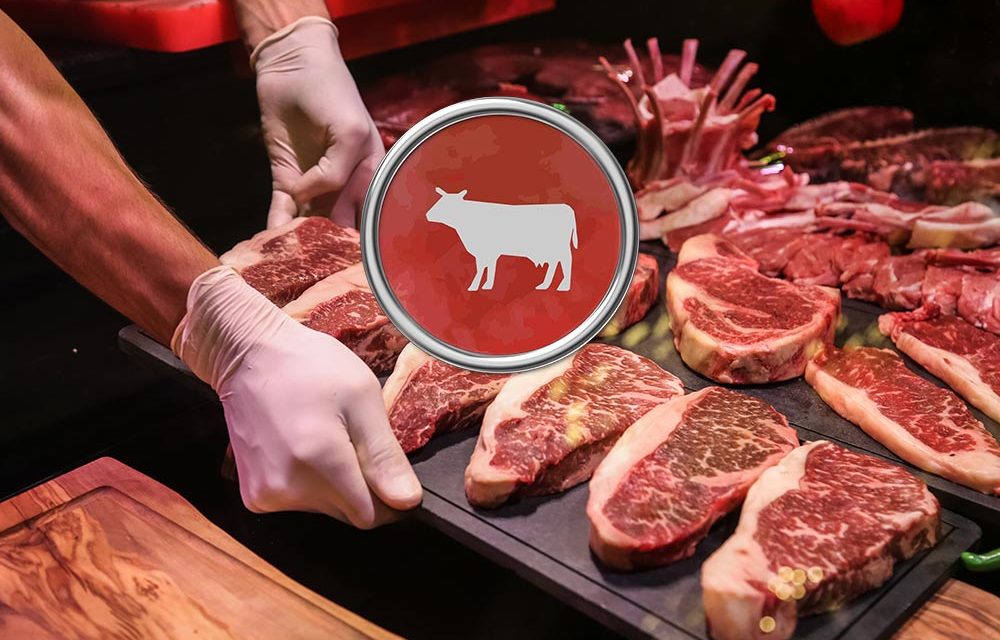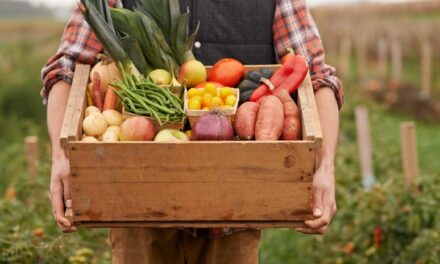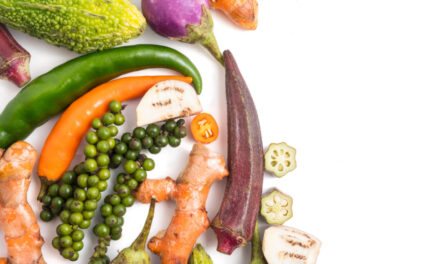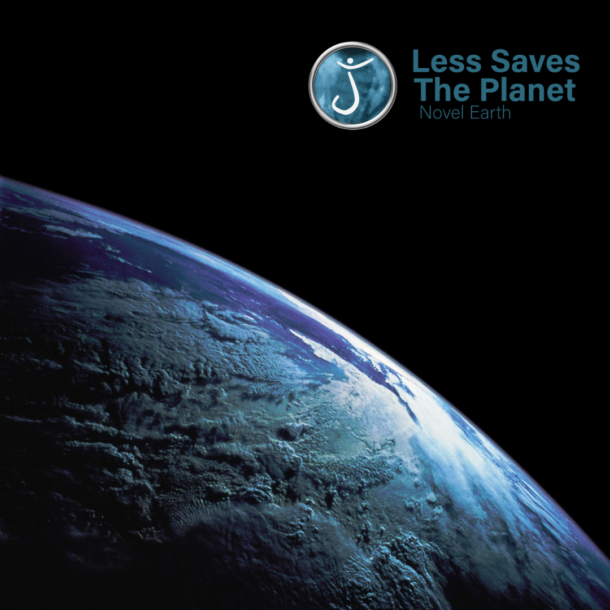
2 – WHAT ABOUT THE MEAT AND DAIRY INDUSTRY ?

This chapter on animal proteins starts from a question about the role of meat in the evolution of our species and especially about its place in our current society. While recalling its decisive impact in the history of humanity, Less Saves the Planet asks the question: what do we need today? This questioning of our consumption habits requires the guiding principle of movement, the maximum 130 grams of animal protein per person per meal. The introduction of this new, more eco-responsible way of life is then being implemented, for Less Saves The Planet, through the redefinition of the role of the hotel-restorer as an actor of change.
Global meat consumption today and tomorrow: a dizzying rise or reasoned stabilization?
The evolution of meat consumption is at the heart of the concerns of restaurateurs, hoteliers but also individuals who are sensitive to the environmental cause. Indeed, the constant increase in meat consumption and industry has a consequent influence on the environment health and the animal world.
Evolution is now two-speed. On the one hand, there is an increase in the new rich and developing countries, and on the other hand, there is a decline in the well-off populations. Beyond a simple state of affairs, Less Saves The Planet recalls in this chapter the different diets that exist today, their pros and cons for our planet and our health. With a real medical point of view, it warns about the dangers of excessive consumption of meat or dairy products for humans.
The importance of animal welfare on the quality of meat, livestock and medicine
“The greatness of a nation and its moral progress can be judged by the way it treats animals,” Gandhi said. We have a lot to learn from this great man ethically but also from the health and organoleptic level.
While the link between animal welfare and meat quality has long been denied, it is accepted and recognized today that overmedicated, lack of outside access and lack of physical activity of animals radically influences our health and that of animals.
According to the study on the subject carried out in 2012 by INRA (the National Institute of Agricultural Research), an animal stressed during his lifetime, especially at the time of his death, will suffer a drop of PH and his muscle metabolism will be profoundly altered. This groundbreaking study encourages all those involved in gastronomy to better choose their meat not only according to the breeding and feeding of animals but also taking into account their daily happiness.
Livestock farming around the world and its different consequences on air, water and soil
Livestock and the crops reserved for it represent a very large proportion of the world’s agricultural land. The presence of large numbers of animals on the same land for too long can lead to deep and irreversible soil pollution due to feces and grazing. But the issue of meat is also necessarily our water resources when we know that we need more than 15,000 litres of water for a kilo of beef. For FAO, animal farming for meat production emits more greenhouse gases (GHGs) than the entire transport industry. Livestock farming worldwide is responsible for 14.5% of greenhouse gas emissions from human activities on the planet, of which 9.7% is for cattle farming. This chapter gives keys to understanding these issues by proposing at the same time a concrete alternative and demonstrating its effects on the environment.
Label reference: the guide to better consumption
The creation of labels could have put an end to our harmful consumption habits through better information. However, the opposite is true! The proliferation of eco-responsible, ethical or simply production methods labels has the effect of confusion among consumers or even a mistrust of these unfounded labels invented by marketing. Less Saves the Planet lists the labels to be preferred and concretely recalls the criteria of recognized labels that certify a real effort when breeding, whether for meat, eggs or milk.



















